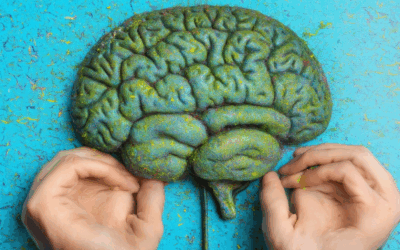Bath salts are simply a category of recreational drug. The name stems from cases where the drugs were disguised as bath salts; hence the name. The bath salts, also known as Epsom salts or white powder, often resemble Epsom salt but are different chemically. They are made primarily from magnesium sulfate and have become popular as bath salts because of their pungent taste. They became popular in Western cultures in the late 20th century.
Some bath salts contain synthetic substances not approved by FDA. These bath salts have been linked to tragic cases of heroin addiction and fatal, high blood pressure cases. This is mainly due to the dangerous side effect of the drug. Mephedrone (also known as ‘meow meow’) is a psychoactive stimulant found in the leaves of a shrub. This drug has gained much popularity as it is said to be more dangerous than cocaine and ecstasy. Users have described it as a legitimate form of “dietary therapy”.
Mephedrone is said to work on the central nervous system and is closely associated with seizures. This substance is very similar to the active ingredient of cocaine and has caused controversy because of its ill effects on human consumption. The FDA had previously approved the use of bath salts as a weight loss aid. It is usually smoked with other tobacco products such as pipes or tobacco. However, the substance is considered to be an illegal drug in the United States.
Because Mephedrone has become infamous for its harmful side effects, many users have turned to alternatives for addiction treatment. Many advocates of substance abuse prevention advocate the use of natural supplements to combat the dangers of bath salts addiction. These supplements can act in the same way as bath salts without the destructive side effects. Some of these natural supplements include L-betonicine, calcium, guggulipid and ephedra.
In addition to bath salts, recent studies have revealed that there are numerous other drugs with high potential for misuse. Among the most notable of these are street drugs such as acid, heroin, methamphetamines, and even marijuana. Each one of these drugs posses a similarly unique physical and psychological high, which makes them tempting for abusers.
Unfortunately, many of these drugs can be found at doctor’s clinics. Substances such as hydrocodone and oxycodone are often given out free of prescription by physicians in exchange for personal medical information. Unfortunately, these drugs have a host of negative side effects. They can cause dizziness, insomnia, nausea, and sleep disorders; as well as create dependency, make the user feel desperate, irritable, and even suicidal. The majority of users who abuse these substances also end up addicted to them.
This is the danger inherent in bath salts – they can be highly addictive, yet very dangerous. Stimulants work on the nervous system, just as illegal substances do. They affect the neurotransmitters in the brain and cause the release of massive amounts of dopamine. When taken in small doses, these can be highly relaxing, but when taken in much larger doses, they become habit forming. As a result, they are often abused.
These bath salts can have serious long-term effects. Users can experience depression, anxiety, panic attacks, anxiety and psychotic behavior, especially if continued use goes untreated. The good news is that the research being done into this substance will continue to uncover the more dangerous effects of this substance.
Another interesting aspect of this chemical is that it is increasingly being looked at as a potential drug addiction treatment. Many of the cathinone derivatives are being looked at as potential drugs for treating alcohol and cocaine addictions. Although the results of these studies are not conclusive, the idea is that they may help people who suffer from alcoholism. It is also believed that they could be effective as treatment for other drug addictions such as prescription pain pills. It is still early days, before any definite conclusions about their effectiveness can be drawn. However, scientists are looking at the evidence more carefully and are certainly keeping an eye out for any harmful long term effects.
For many people who take bath salts, they experience a euphoric high that causes a very addictive quality. Because the brain reacts to the stimulus of the drug, people often get stuck in a cycle of repeated taking, which can lead to physical dependency. Unfortunately, when you consider all the negative side effects, it seems likely that the euphoria involved with this type of addiction is, at least in part, responsible for its abuse. Psychosis, anxiety, depression, irritability, paranoia, insomnia, paranoia, mania, mood disorders, mania, hallucinations, delusions and behavioral problems are all possible complications of long term bath salt use.
Although bath salts are now accessible August 27, they should not be taken lightly. The powerful chemicals and stimulants contained in them can be extremely addictive and dangerous. This is especially true of Nida. If you or someone you know may be addicted to this dangerous drug, it is vital that you seek treatment immediately.




0 Comments